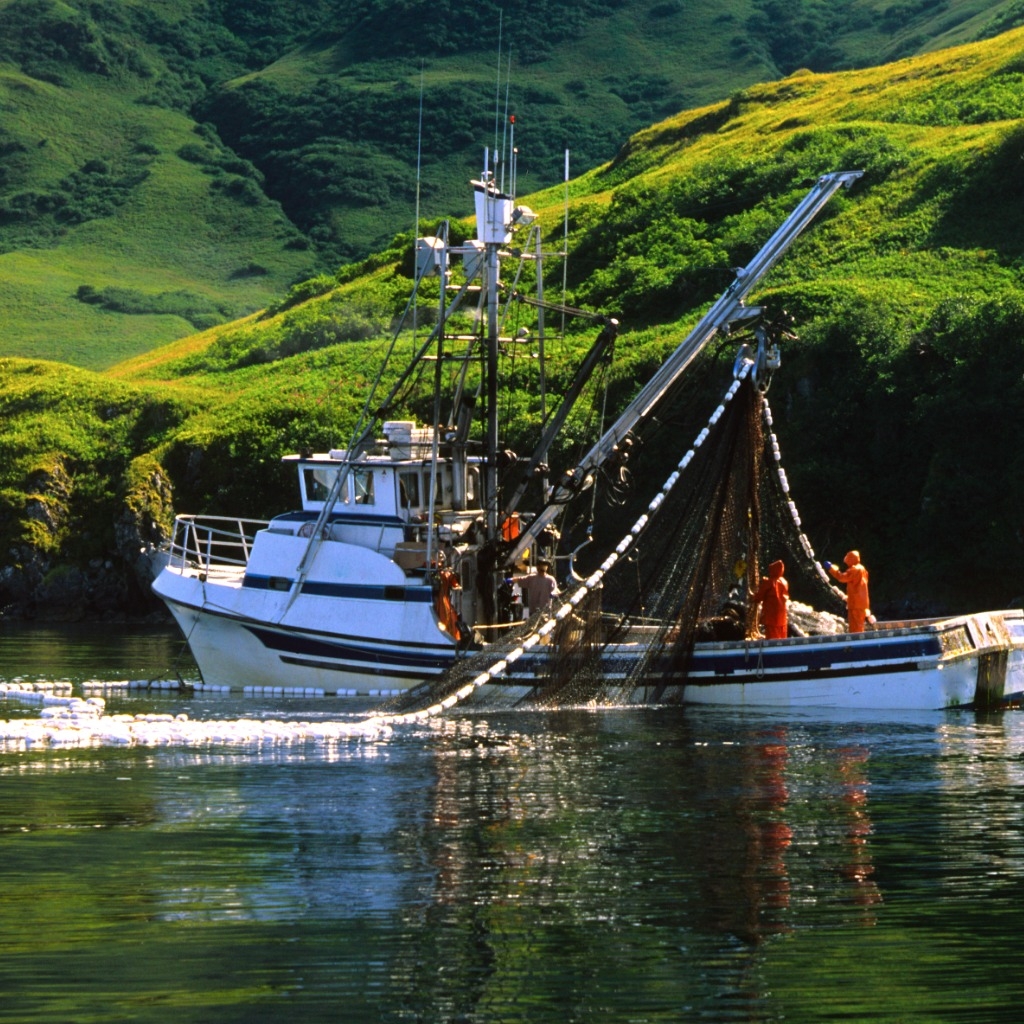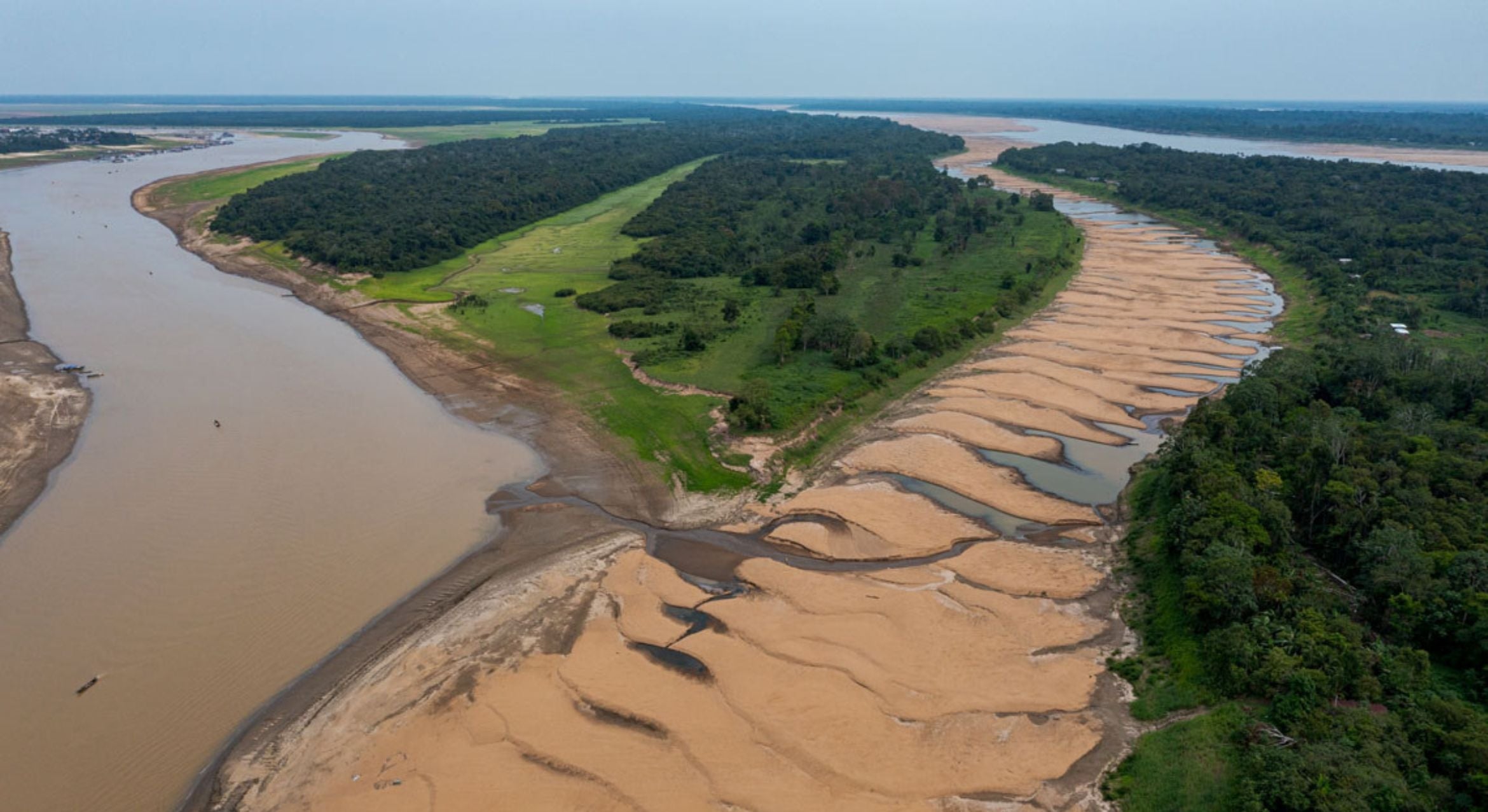
A sweeping new executive order to deregulate the U.S. seafood sector risks unraveling decades of scientific progress and environmental protections, according to aquaculture and fishery scientists writing in a new paper published in the journal Marine Policy. Rather than strengthening the industry, they argue, the policy threatens the very systems that support sustainable seafood.
“(It’s) a significant escalation in undoing federal regulatory frameworks, weakening scientific authority and deemphasizing aquaculture development,” state professors Halley Froehlich of UC Santa Barbara and Jessica Gephart at the University of Washington. “Instead of reform, it’s dismantling regulations in a very short amount of time,” added Froehlich, the paper’s lead author.
Enacted in April 2025, “Restoring American Seafood Competitiveness” states that “in addition to overregulation, unfair trade practices have put our seafood markets at a competitive disadvantage.” The executive order calls for actions to ensure the integrity of the seafood supply chain, eliminate unsafe imports and reduce regulatory burdens, among other things.
However, according to the researchers, the rush to fulfill the mandate, coupled with less funding and personnel to do so, presents more chaos than benefit, which could ultimately make the U.S. seafood sector less competitive. This can be seen in the weakening of the role of the National Oceanic and Atmospheric Administration (NOAA), the agency tasked with managing roughly 500 U.S. commercial fishery stocks.
Deep cuts to the agency’s budget and workforce, as well as restrictions on communications are bound to make it more difficult to coordinate and plan the fishing of species, especially those that move and migrate across international borders.
“It’s quite problematic because NOAA is so central to how we manage our fisheries,” Froehlich said. “Data collection, monitoring, oversight, you name it, NOAA is part of that, and a really important part.”
While the move to deregulate is an attempt to increase the production and profitability of U.S. seafood, the end result is unlikely to be worth the effort, expense and weakening of environmental regulations, the authors argue, given that U.S. and global wild fisheries already produce near maximum levels. According to Froehlich and Gephart, aquaculture — farmed fish, shellfish and other marine and aquatic organisms — is the growth sector for both the economy and food security.
“We are not going to get more out of the ocean,” Froehlich said. “We’re already near ‘peak fish,’ meaning maintenance and recovery of our stocks.” In the researchers’ comparison between a 2020 executive order and this new one, aquaculture receives very little attention. They argue that in a climate of funding cuts to federal agencies tasked with overseeing aquaculture, this oversight represents a mismatch between the intention of the executive order and the understanding, expertise and funding required to successfully increase the nation’s competitiveness in the seafood sector.
In addition, the potential decommissioning of numerous NOAA databases and online resources and the defunding of research, particularly in the realm of climate change, may be a detriment to efforts to expand seafood production, the researchers warn. Without the ability to monitor species and keep track of climate trends, the seafood sector also loses the ability to predict and respond quickly to emerging problems. “Without the data, expertise and capacity to study and understand these systems we run the risk of fishery collapses becoming more common and long-lasting,” they assert.
The researchers also point out inconsistencies related to seafood sourcing in the recent executive order, among them oversimplifications that do not account for market realities in the U.S. seafood sector. For one thing, the seafood that the U.S. tends to farm in volume are not the types of seafood that are of highest demand domestically, which could undermine efforts to substitute imports with domestic production. On top of that, potential tariffs levied on foreign seafood and U.S.-landed but foreign processed seafood could ultimately make seafood even more expensive for Americans, particularly high-demand species such as shrimp, of which only 10% of U.S. supply is locally produced.
“In disrupting the market dynamics we do have, especially with trade wars with our trading partners, it’s likely that we’re going to have the opposite effect of creating opportunity long-term,” said Froehlich. The paper was recently entered as evidence for a recent hearing of the House Natural Resources Committee’s Water, Wildlife and Fisheries Subcommittee, which is tasked with making Congressional decisions concerning fisheries management. “When it comes to any shifts in production, these high levels of uncertainty are not a beneficial thing to happen for the sector,” she said.



